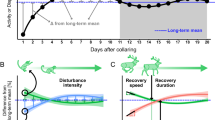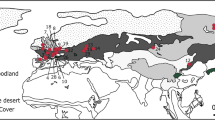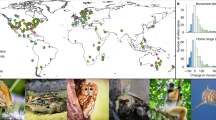Abstract
YOUR correspondent Mr. Potts in the last number of NATURE furnishes us with a few interesting facts regarding the Kea. In a paper which I read about three years ago to the Dumfries Natural History Society, entitled “The Influence of the Human Period on the Sagacity of Animals,” and subsequently in a letter published in NATURE, vol. i., on the “Mental Progress of Animals,” I endeavoured to show from general considerations, and from the few facts which we possessed on this subject, that the habits and instincts of animals were not so fixed and definite as might be supposed. The general principle for which I contended was that whether we considered the globe to have received its human inhabitants according to the laws of evolution, or in some miraculous manner, the arrival of the human race produced great modifications and changes of surrounding circumstances. These changes were in the direction of increasing the fertility of all vegetable productions capable of sustaining life, and at the same time securing their use entirely for the human family. Hence arose, in the vicinity of man, two new factors; the superior attraction of better food for all kinds of animals, and at the same time the extinction of such animals whose greed was not overruled by sufficient wariness or cunning to become successful thieves. Hence a probable gradual increase in these qualities in the animals maintaining themselves against man.
This is a preview of subscription content, access via your institution
Access options
Subscribe to this journal
Receive 51 print issues and online access
$199.00 per year
only $3.90 per issue
Buy this article
- Purchase on SpringerLink
- Instant access to full article PDF
Prices may be subject to local taxes which are calculated during checkout
Similar content being viewed by others
Rights and permissions
About this article
Cite this article
SHAW, J. Changes in the Habits of Animals. Nature 4, 506 (1871). https://doi.org/10.1038/004506d0
Issue date:
DOI: https://doi.org/10.1038/004506d0



